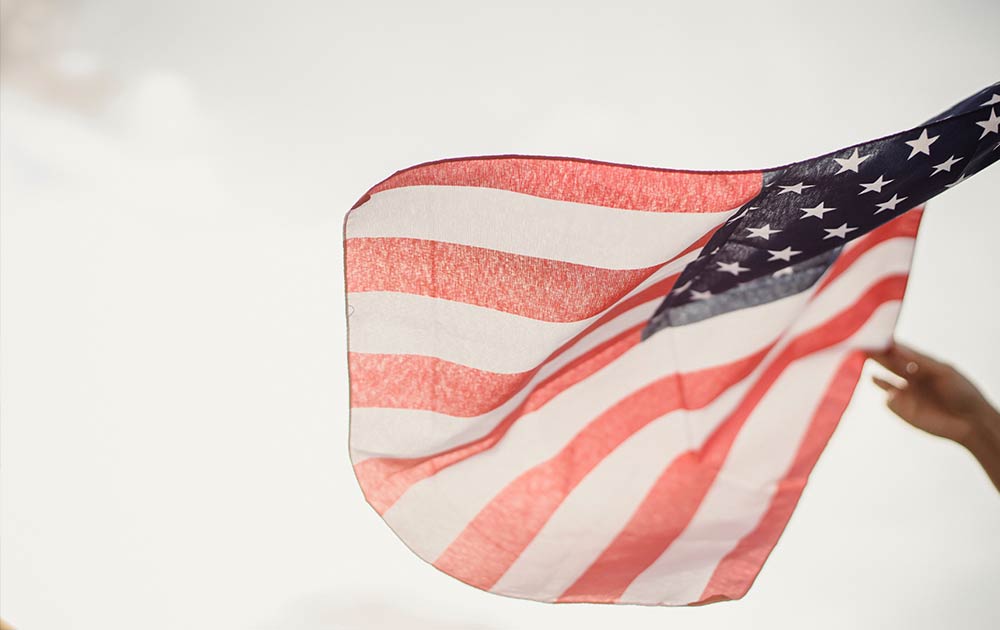
27 May Here Comes Memorial Day: Teach Your Child Why The Day Is So Special
At the end of May, families all across America gather to attend backyard barbecues, head to a park for a picnic and participate in other seasonal activities to celebrate Memorial Day. Unofficially considered the start of summer, the last Monday in May is in reality a much more significant date.
Memorial Day is for honoring those who have made the ultimate sacrifice, dying for our country while serving in the military.
Children know it is a day filled with lots of fun and delicious food. But they also should know the history and meaning of Memorial Day – it’s about so much more than just joining with others to enjoy a federal holiday.
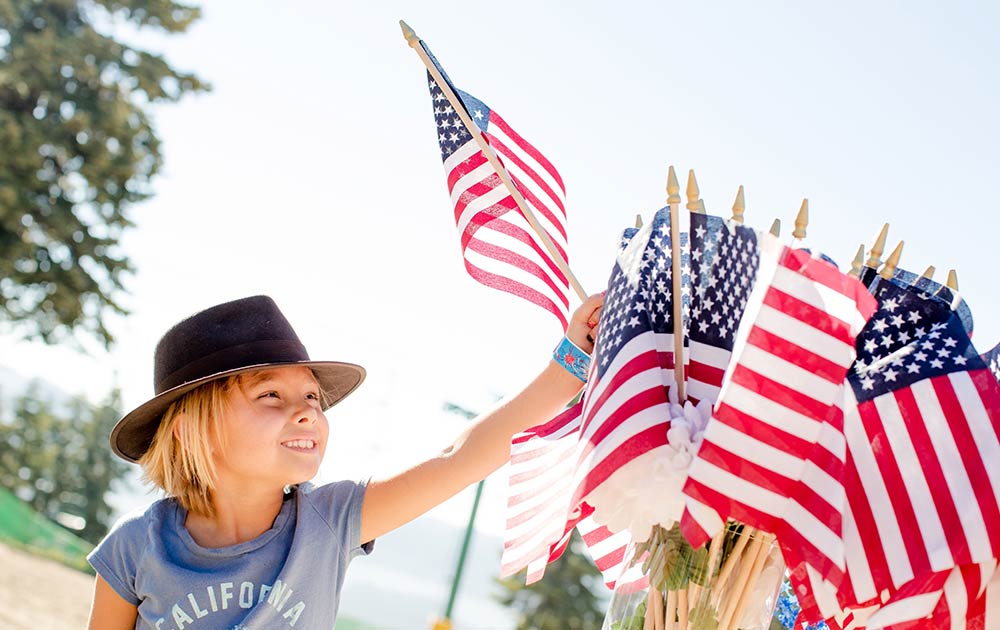
In this post, we offer ways of explaining this important day’s meaning to your child. Whether you all head off to watch a Memorial Day parade or get together with extended family to fire up the grill, it’s important to take a little time for some history. Here are some easy ways to raise the topic of just what Memorial Day is really about.
1) Somber doesn’t have to mean scary.
Before the day gets underway, take a little time over breakfast to talk about anyone you know who has served, or continues to serve, in one of the branches of the military. Chances are someone in the family has served or you have a neighbor who did. If so, try to spend some time with that person so they can talk to your child about their experiences. If not, take your little one to a cemetery and lay flowers on the grave of an enlisted person who perished in combat. Keeping your comments age appropriate, of course, explain that, while you don’t know this individual, you are grateful because they died for the freedom that we cherish so dearly. Doing this in the morning means the purpose of Memorial Day will linger, even as celebrations get underway.
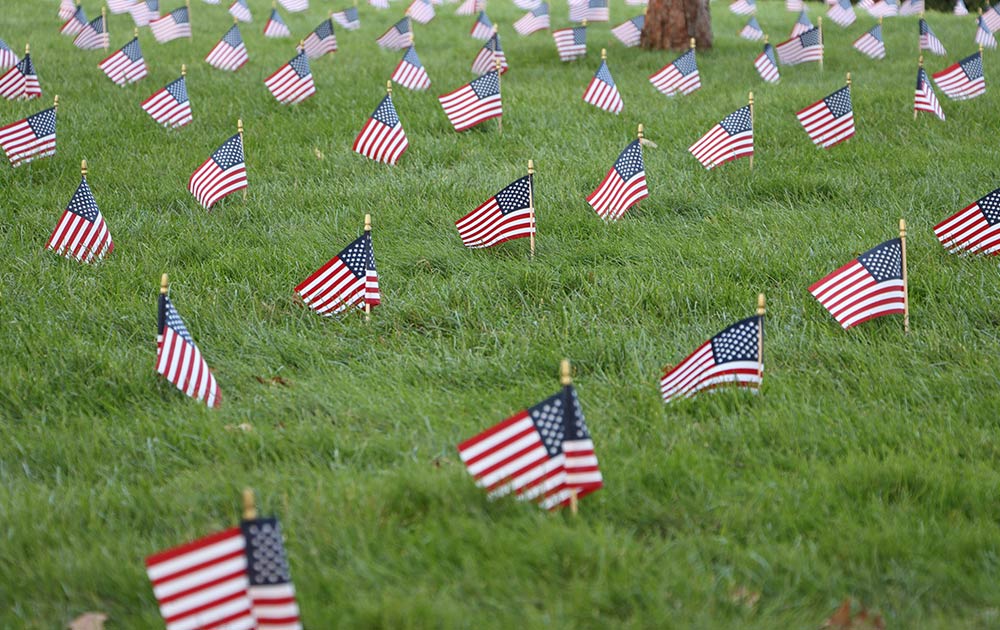
2) Talk about the day’s history.
If you’ve forgotten your high school American history content, do a little research. Brush up on when and how Memorial Day began. For example: did you know recognition of soldiers’ graves began as “Decoration Day” in the American South after the Civil War? It was in 1871 that Michigan became the first northern state to honor the day, and by 1890, all the northern states had joined in the tributes.
3) Have your child draw an American flag.
If you have a flag outside your home, fly it at half mast in tribute to the fallen. If not, suggest your child draws a flag on construction paper. Teach them what the flag symbolizes, and why it is so sacred to so many. Post pictures of the family holding the flag to your social media accounts, with a big thumbs up and a hashtag saying, “Thank you for your service.” Memorial Day is all about celebrating and promoting the ideals that are such an intrinsic part of this country, and social media can help accomplish that.
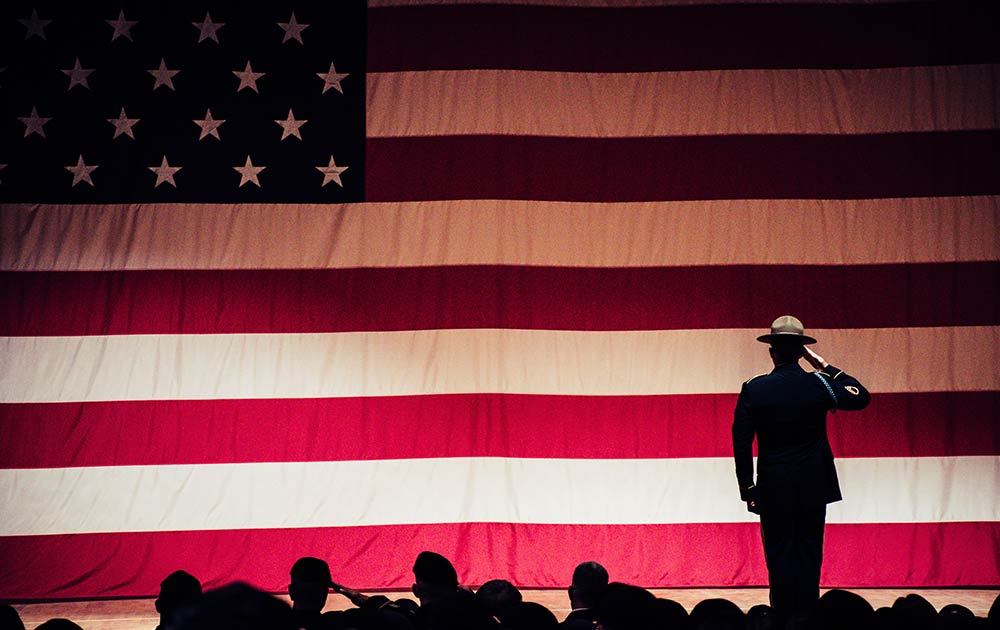
4) Teach your child the national anthem.
If they haven’t learned it yet, Memorial Day is the perfect time to teach them the “Star Spangled Banner.” If they are younger, make it just a verse or two. Older children can learn and recite the Pledge of Allegiance. Any patriotic gesture like these drives home the message that Memorial Day is about so much more than barbecues and get-togethers.
5) Go to a parade celebrating veterans.
In communities all across America, parades are a big part of Memorial Day. That’s particularly true this year, after cancellations in recent times due to the pandemic. Take the family to watch, and explain to your child what each part of the parade represents – a particular battalion, perhaps, or a float honoring those who served in the Second World War. Even better – volunteer your family to help with the organization or set up of the parade. Get involved!
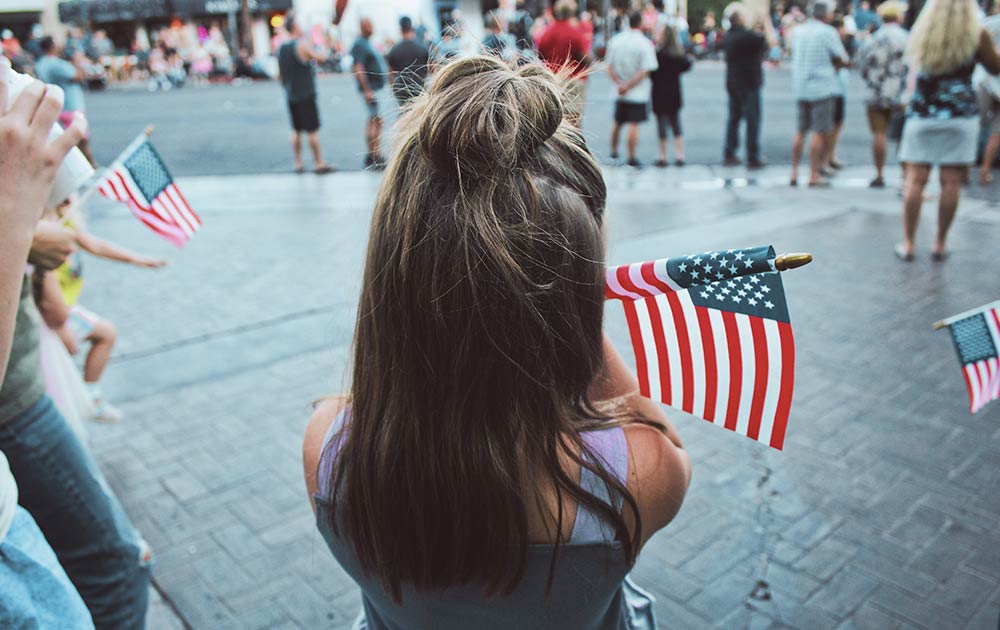
6) Send a thank you card to enlisted personnel.
Don’t know anyone directly who is serving in the military, but would like to send a thank you note anyway? You can do that by contacting: www.anysoldier.com. This organization puts you in touch with someone serving overseas, essentially creating a link between you, so you can express your family’s gratitude for their service. Have your child draw or write a thank you card, saying how appreciated this individual is by your whole community. In fact, make this a family project on Memorial Day that involves everyone creating a card, so a whole batch can be sent to the enlisted person. Imagine the smile such a package produces – five or six homemade thank you cards from a family of strangers! You can also suggest this as a school project for your little one’s kindergarten class.
7) Observe a moment of silence at 3 p.m.
Even if the barbecue is well underway and everyone is having lots of fun and boisterous laughs, pause at 3 p.m. for a minute of silence. Explain in advance your wish to do this, and why it matters that your child learns about the importance of paying tribute to the fallen. Ask everyone you’re with to join in, and take this brief time to remember the men and women of the military who have sacrificed their lives for their country.
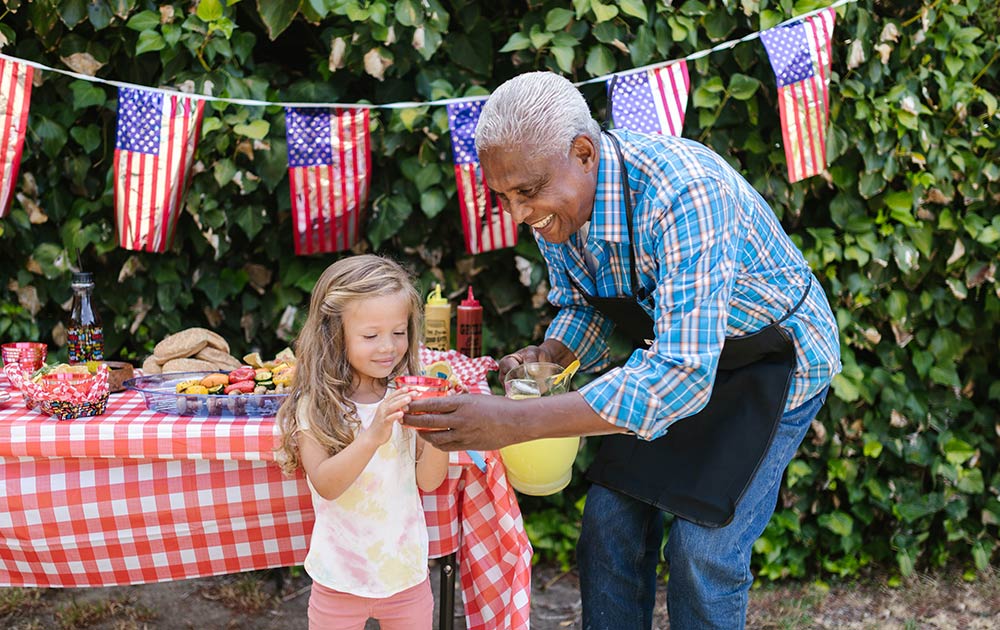
Of course, Memorial Day is meant to be fun for everyone, with great food, good friends, and families taking time to come together. But the day has an important history, too, and that history should be acknowledged by paying respect to the fallen soldiers who made all the celebrations possible. They gave their lives for freedom; it’s only right that Americans across the country pause, reflect, and thank them for all they’ve done. Teaching the next generation about the significance of Memorial Day is one way to thank them for their service and sacrifice.